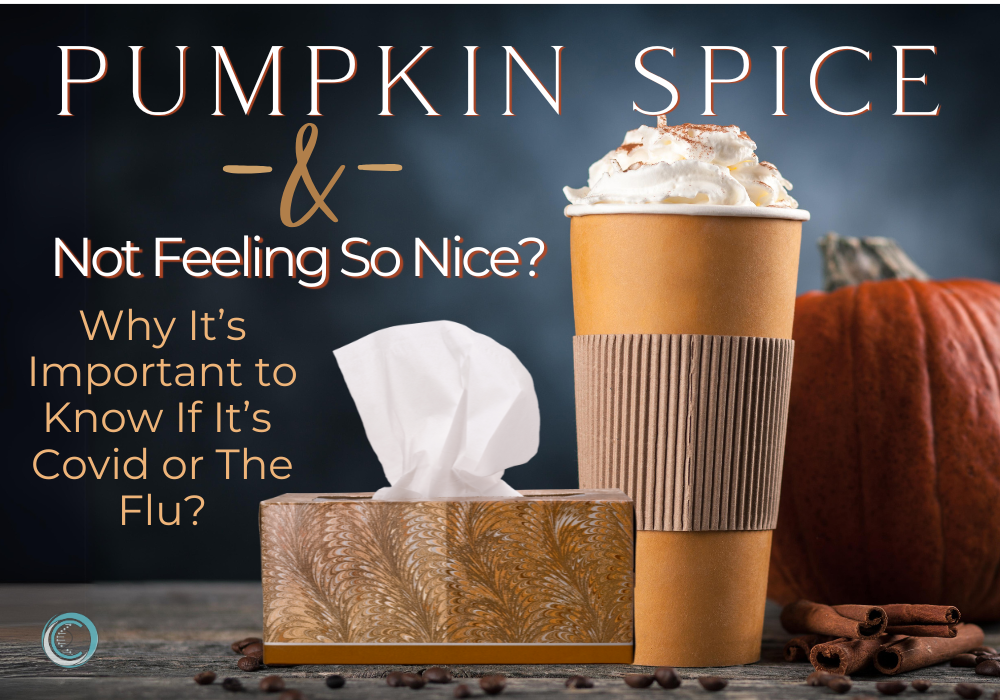Supplies Made Simple™: Talk to our Sales Team today!
5 Types of Face Masks that Can Save Your Life
The fight against Coronavirus is long from over and may linger for years to come, even with new vaccines being developed as rapidly as possible. People from every corner of the world have witnessed how devastating the effects of this disease are, but more people are realizing that we may have to adjust our lifestyle to adjust to a life that isn’t as restricting but is safer with the appropriate tools and resources. Even at the twilight of the deployment of vaccines, we are still far from the state of safety where we can finally put our guards down and resume our normal lifestyles. There is no cure or 100% safe way to avoid Covid, just as we cannot avoid being in an accident just because we drive safely. Coronavirus has completely changed the way we live; one of the most obvious developments is the necessity of wearing a mask-like it is our second skin.
Masks are essential in a pandemic. They are a key measure to control and, hopefully, repress the transmission of the disease. This has been strongly advocated by organizations such as the U.S. Center for Disease Control and Prevention (CDC) and the World Health Organization (WHO), both of whom are taking the forefront in our battle against Coronavirus.
So what is the right place and time to wear a mask? WHO has recommended that in default and when in doubt, it is simply safer to wear a mask when you are out and exposed to the general public at this time. To be more specific, a mask should be worn in crowded settings where an individual can't be at least 6 feet away from another, and in enclosed spaces where there is poor or uncertain ventilation or someone from their family has been potentially exposed. It is crucial to clean your hands before putting on or taking off a mask. Keep your hands away from your mask or eyes while you are wearing it as your hands can transport bacteria from the surface to your mask or eyes. You should also be sure to keep a safe physical distance from others even if you are protected. Wearing a mask will considerably lessen your chances of contracting the disease but it does not wholly eradicate it.
Different kinds of masks are now readily available in the market for the public’s consumption. They come in all shapes and sizes all claiming ultimate protection from the virus. While this is true at some point, our responsibility as consumers is to look further into each mask’s function and efficiency and relate it to our needs so we can choose one that will best suit our lifestyle
1. Surgical Cone-Style Face Mask (NIOSH N95)
Cone-style face masks were originally used by doctors and dentists in simple and quick medical procedures, but also there are types of masks that were developed not for medical purposes that look similar, but for protection from dust and particles for builders and other stakeholders. The N95 medical masks are designed to easily cover a clinician’s nose and mouth and have an adjustable bridge on the nose to customize fit and provide better comfort to the wearer. The cone-style face masks do not make breathing difficult and are easy to wear and remove with elastic straps. However, these masks were originally used during simple and brief procedures because of their inability to provide optimum protection from particles, droplets, and sprays. CDC has a NIOSH list that can be reviewed to ensure they are approved for use against Covid. On the website, the ones that have (FDA) next to the approval, means they also will protect the wearer against bacteria and viruses.
Approved N95 Respirators Suppliers List | NPPTL | NIOSH | CDC
2. Disposable Medical or Surgical Loop Mask
Commonly blue and white but often found in yellow or pink, Disposable Loop Masks are described to be thin and paper-like. They are among the personal protective equipment required to be worn by health care professionals during medical procedures. Since the beginning of the pandemic, it has been popular in the market because of its ability to prevent airborne transmission of infections between individuals. The medical 3 ply mask blocks pathogens that are shed in respiratory droplets and aerosols produced during sneezing or simply speaking. In fact, in a study published in 2013 in Aerosol Science and Technology, disposable surgical masks can filter out about 60% of particles that can easily be inhaled. It is not designed to be worn more than once. The surgical 3ply mask blocks pathogens in respiratory droplets, as well as the filtration of certain fluids such as exposure to blood. Properly dispose of the mask after use or if you feel that it is a bit soiled or moist. Ideally, this type of mask can only be used for up to 8 hours.
3. KN95, N95, and Other Professional-Grade Medical Foldable Masks
Foldable N95 masks offer protection to the wearer by filtering out 95% of the particles from the air we breathe in and have no inward leakage. To date, these respirators are known to offer the best protection against the novel coronavirus and other respiratory diseases. These masks are highly effective when they are professionally and appropriately fitted; that is why healthcare workers are provided personal fitting respirators that ensure a full seal that cannot be penetrated by the deadly virus. According to WHO, the Chinese standard equivalent is GB19083 and in Europe, the equivalent is EN14683 Type IIR.
KN95 masks have similar filtration standards to the N95, but have slight inward leakage of up to 8%. KN95 does not have a USA standard but are often worn by a dentist, pharmacists, and other medical professionals.
The Chinese standard is GB2626 with China’s standards and specifications and in Europe the equivalent is EN149.
Currently, in Europe, you are required to wear an N95 or KN95 or above when flying. There are other similar medical masks in the market today namely the N99 (99% filtration), N100 (99.97%), R95 (95% and partially resistant to oil), P95, P99, and P100 (strongly oil resistant) but they have a limited supply and are not used often.
4. Cloth Masks
Cloth masks are made out of layers of fabric put together, creating a blockade between the nose and the mouth from foreign elements. It was mentioned by The Journal of Family Practice that single layer masks can only provide 1% particle filtration while two-layer masks filter about 35%. These masks offer personal protection to the wearer and can reduce potentially virus-containing particles you release into the air but are not rated for medial use protection. One way to test its efficacy is by holding it up to bright light. If it blocks light and does not allow it to infiltrate, the cloth mask is more effective as a minimum. Another useful test is to strike aflame with a match or lighter and attempt to blow it through the cloth mask. If the flame continues to burn, the mask is more effective.
When opting to use cloth masks, avoid those that have exhalation vents or valves, as well as single-layer masks because they do not do much to protect the wearer from potentially infected particles and they are not allowed on most airplanes for that reason.
5. Face Shield
A face shield is a clear plastic sheet that covers the face from the head to just below the chin. This is held by a headband and worn by health care workers to avoid body fluid splatter during medical procedures. It is suggested that individuals wear a face shield over their medical face masks, for an extra layer of protection when near other individuals or when wearers may require frequent changes of face masks otherwise. It is also worth noting that wearing it alone cannot provide a barrier for respiratory droplets that can come under the plastic sheet.
The question as to which kind of face mask is most effective to use depends on an individual’s activities, profession, and intention for usage. Regardless of which is chosen, the facts remain that one should not neglect to wear a face mask, especially at this time for additional protection. It is important to protect ourselves, but we also need to mask up to stop the spread of the virus and protect others too.
















